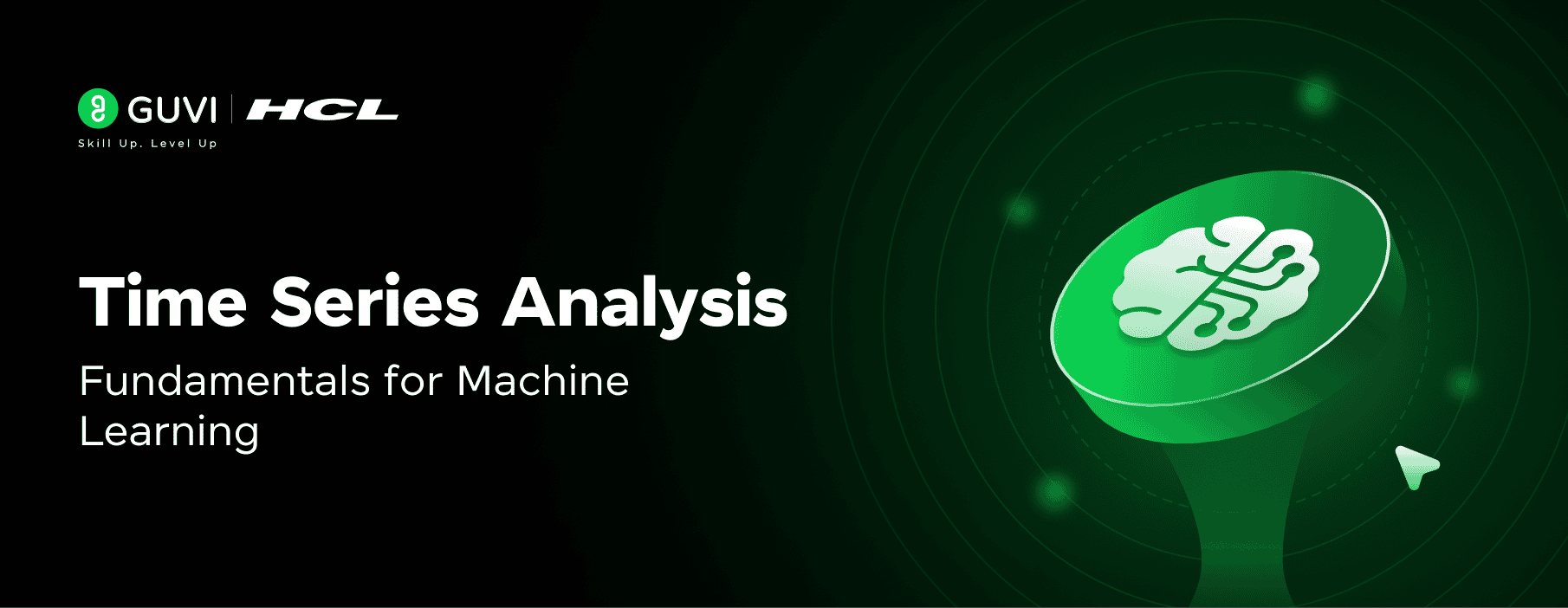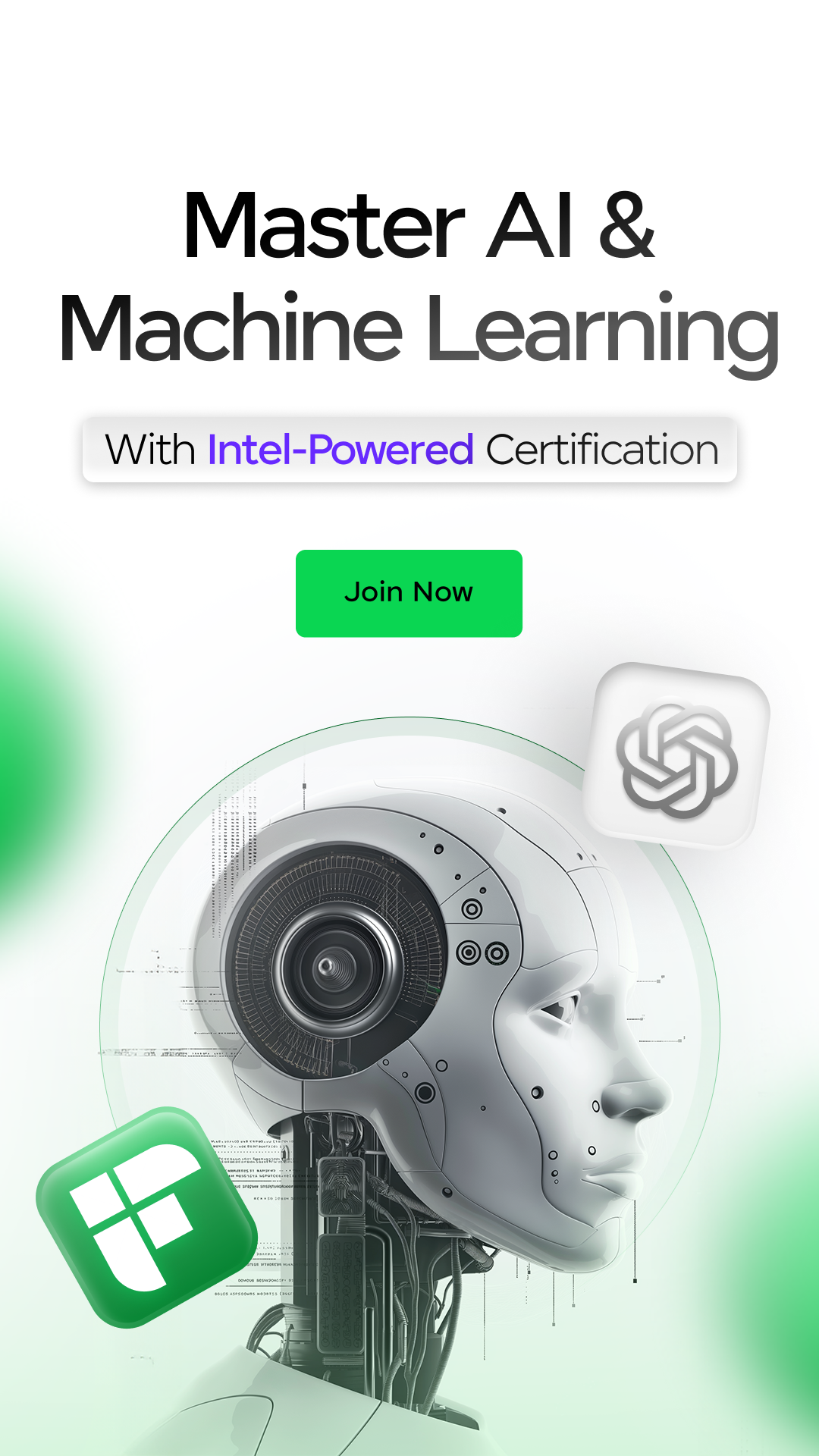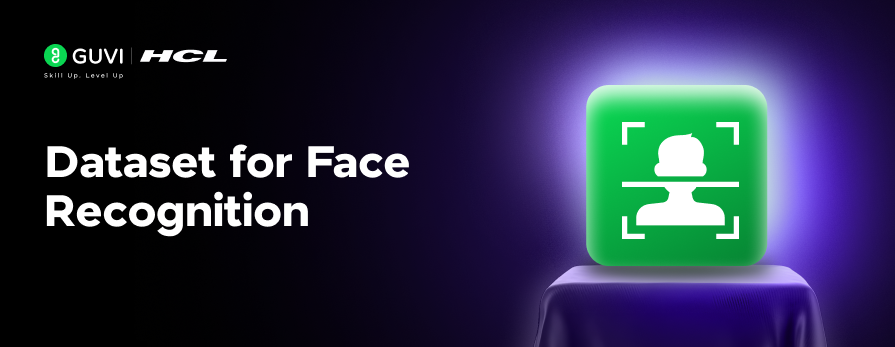
Time Series Analysis: Fundamentals for Machine Learning
Sep 10, 2025 3 Min Read 1231 Views
(Last Updated)
In today’s data-driven world, understanding how things change over time is crucial. From predicting stock prices to analysing user behavior and weather patterns, time series analysis forms the backbone of many real-world applications.
In this blog, we will guide you through the fundamentals of time series analysis, components, and techniques. Whether you are a beginner in data science or looking to deepen your understanding of time series analysis, this will be a great guide for you. Let’s get started!
Table of contents
- What is a Time Series?
- Components of Time Series Analysis
- Time Series Analysis Techniques
- What is ARIMA?
- Conclusion
What is a Time Series?
Time series is kind of a problem that every Data Scientist/ML Engineer will encounter in the span of their careers, more often than they think. So, it’s an important concept to understand in and out.

When we apply machine learning algorithms on time-series data and want to make predictions for the future Date-Time values, for e.g., predicting total sales for February given data for the previous 5 years, or predicting the weather for a certain day given weather data of several years. These predictions on time-series data are called forecasting. This contrasts with what we deal with when working on static data.
Components of Time Series Analysis

In this section, we will look into the components of time series analysis. The main components of Time Series Analysis are
- Trend: It is identified as the long-term movement or direction in the data over time.
- Seasonality: It is a regular, repeating pattern or fluctuations observed at specific intervals, such as daily, monthly, or yearly.
- Irregularity: It is a random or unpredictable variation in the data that does not follow a pattern.
- Cyclical Patterns: It is a long-term fluctuation that occurs due to economic or other cycles, typically over periods longer than a year.
Are you interested in learning more about time series analysis? Enroll in HCL Guvi’s IITM Pravartak certified Artificial Intelligence and Machine Learning Course. This covers all the important concepts of artificial intelligence from basics such as history of AI, Python programming to time series analysis, deep learning, and image processing techniques with hands-on projects.
Time Series Analysis Techniques
In this section, let’s look into the popular technique called ARIMA for time series analysis. Let’s get started!
What is ARIMA?
ARIMA stands for Autoregressive Integrated Moving Average models. Univariate (single vector) ARIMA is a forecasting technique that projects the future values of a series based entirely on its inertia. Its main application is in the area of short-term forecasting, requiring at least 40 historical data points. It works best when your data exhibits a stable or consistent pattern over time with a minimum amount of outliers. Sometimes called Box-Jenkins (after the original authors), ARIMA is usually superior to exponential smoothing techniques when the data is reasonably long and the correlation between past observations is stable.

Basic Concepts:
The first step in applying ARIMA methodology is to check for stationarity. “Stationarity” implies that the series remains at a fairly constant level over time. If a trend exists, as in most economic or business applications, then your data is NOT stationary. The data should also show a constant variance in its fluctuations over time. This is easily seen with a series that is heavily seasonal and growing at a faster rate. In such a case, the ups and downs in the seasonality will become more dramatic over time. Without these stationarity conditions being met, many of the calculations associated with the process cannot be computed.
Differencing:
If a graphical plot of the data indicates nonstationarity, then you should “differentiate” the series. Differencing is an excellent way of transforming a nonstationary series to a stationary one. This is done by subtracting the observation in the current period from the previous one. If this transformation is done only once to a series, you say that the data has been “first differenced”. This process essentially eliminates the trend if your series is growing at a fairly constant rate. If it is growing at an increasing rate, you can apply the same procedure and differentiate the data again. Your data would then be “second differenced”.
Autocorrelations:
“Autocorrelations” are numerical values that indicate how a data series is related to itself over time. More precisely, it measures how strongly data values at a specified number of periods apart are correlated to each other over time. The number of periods apart is usually called the “lag”. For example, an autocorrelation at lag 1 measures how values 1 period apart are correlated to one another throughout the series. An autocorrelation at lag 2 measures how the data two periods apart are correlated throughout the series.
Autocorrelations may range from +1 to -1. A value close to +1 indicates a high positive correlation, while a value close to -1 implies a high negative correlation. These measures are most often evaluated through graphical plots called “correlagrams”. A correlagram plots the correlation values for a given series at different lags. This is referred to as the “autocorrelation function” and is very important in the ARIMA method.
Autoregressive Models:
ARIMA methodology attempts to describe the movements in a stationary time series as a function of what are called “autoregressive and moving average” parameters. These are referred to as AR parameters (autoregressive) and MA parameters (moving averages). An AR model with only 1 parameter may be written as…
X(t) = A(1) * X(t-1) + E(t)where
- X(t) = time series under investigation
- A(1) = the autoregressive parameter of order 1
- X(t-1) = the time series lagged 1 period
- E(t) = the error term of the model
This simply means that any given value X(t) can be explained by some function of its previous value, X(t-1), plus some unexplainable random error, E(t). If the estimated value of A(1) was .30, then the current value of the series would be related to 30% of its value 1 period ago. Of course, the series could be related to more than just one past value. For example,
X(t) = A(1) X(t-1) + A(2) X(t-2) + E(t)This indicates that the current value of the series is a combination of the two immediately preceding values, X(t-1) and X(t-2), plus some random error E(t). Our model is now an autoregressive model of order 2.
Moving Average Models:
A second type of Box-Jenkins model is called a “moving average” model. Although these models look very similar to the AR model, the concept behind them is quite different. Moving average parameters relate what happens in period t only to the random errors that occurred in past periods, i.e. E(t-1), E(t-2), etc., rather than to X(t-1), X(t-2), (Xt-3) as in the autoregressive approaches. A moving average model with one MA term may be written as follows…
X(t) = -B(1) * E(t-1) + E(t)The term B(1) is called an MA of order 1. The negative sign in front of the parameter is used for convention only and is usually printed out automatically by most computer programs. The above model simply says that any given value of X(t) is directly related only to the random error in the previous period E(t-1), and to the current error term, E(t). As in the case of autoregressive models, the moving average models can be extended to higher-order structures covering different combinations and moving average lengths.
Conclusion
By understanding core concepts such as seasonality, trends, irregularity, and cyclic patterns, you can transform raw time-based data into meaningful inputs for robust forecasting models. As you continue exploring, combining domain knowledge with the right tools and techniques will be key to unlocking the full potential of your time series data. Happy Learning!





























Did you enjoy this article?